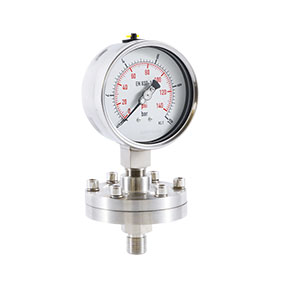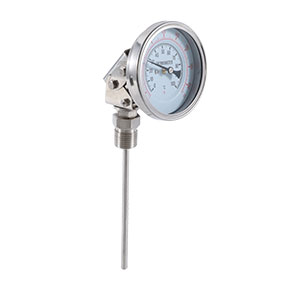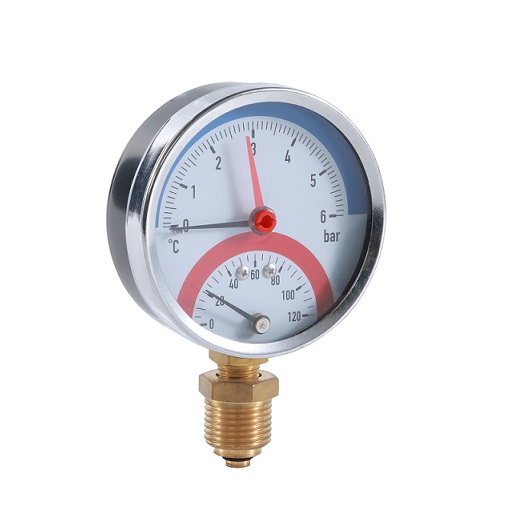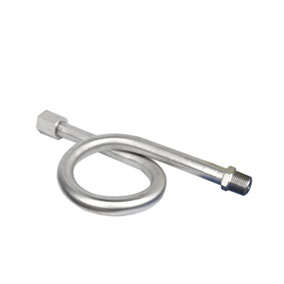Evolution of Pressure Gauges: A Transition from Mechanical to Electronic Digital Instruments
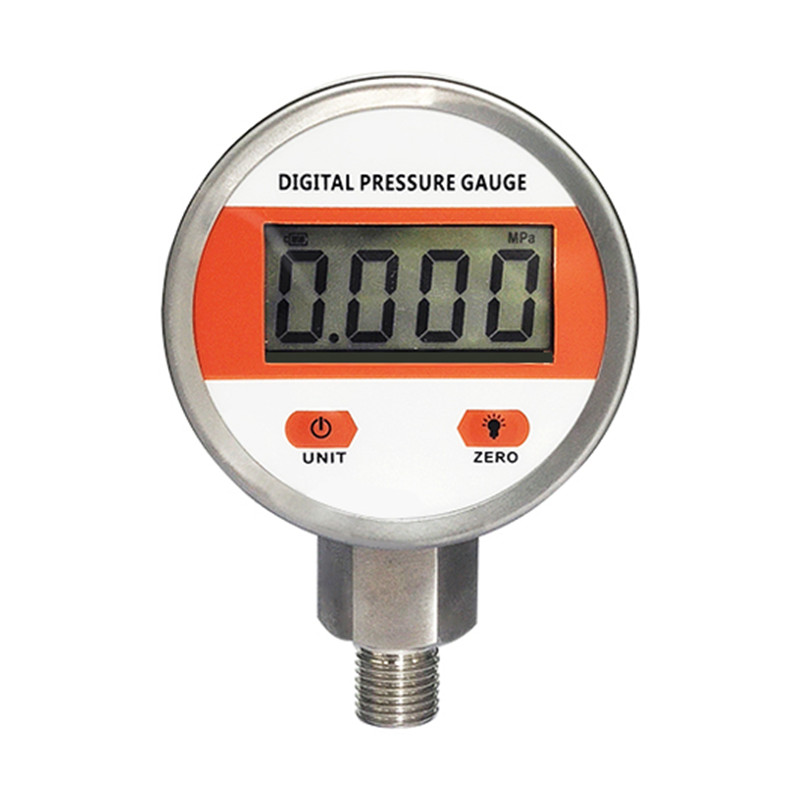
Pressure measurement has been a crucial aspect in various industrial, scientific, and everyday applications. Over the years, the evolution of pressure gauges has witnessed a remarkable transition from traditional mechanical devices to sophisticated electronic digital instruments. This paper aims to trace the historical development of pressure measurement, exploring the physics behind traditional pressure gauges and the technological advancements that led to the emergence of electronic digital pressure instruments.
- Introduction: Pressure measurement is essential in numerous fields, including engineering, chemistry, physics, and medicine. The need for accurate and reliable pressure readings has driven the continuous development of pressure gauges. This paper provides an overview of the evolutionary journey of pressure gauges, emphasizing the shift from mechanical to electronic digital technologies.
- Traditional Mechanical Pressure Gauges: The earliest pressure gauges were based on mechanical principles, employing mechanisms such as Bourdon tubes, diaphragms, and bellows. These devices relied on the physical deformation of materials under pressure to indicate changes. The physics behind these mechanisms will be discussed, highlighting the strengths and limitations of mechanical pressure gauges.
- Introduction of Electrical Pressure Sensors: The advent of electrical pressure sensors marked a significant milestone in pressure measurement. Strain gauges, piezoelectric crystals, and capacitive sensors revolutionized the industry by providing more sensitive and accurate readings. This section explores the physics behind these electrical sensors and their role in enhancing the precision of pressure measurements.
- Rise of Electronic Digital Pressure Gauges: With the advancements in microelectronics, pressure gauges evolved into electronic digital instruments. The integration of sensors with digital display technology enabled real-time monitoring, data logging, and improved user interfaces. This section discusses the technological aspects of electronic digital pressure gauges and their advantages over traditional mechanical counterparts.
- Calibration and Accuracy: The accuracy of pressure measurements is critical in many applications. This section addresses the calibration procedures for both mechanical and electronic pressure gauges, highlighting the challenges and advancements in achieving and maintaining high accuracy levels.
- Applications and Future Trends: The final section of the paper explores current applications of electronic digital pressure gauges and discusses potential future trends in pressure measurement technology. Topics include the integration of wireless communication, smart sensor networks, and advancements in materials for pressure-sensitive elements.
- Conclusion: The evolution of pressure gauges from mechanical to electronic digital instruments reflects the continuous quest for improved accuracy, reliability, and functionality. Understanding the physics behind these instruments is crucial for their effective application in various fields. As technology continues to advance, pressure measurement will likely witness further innovation and integration into diverse industries.

